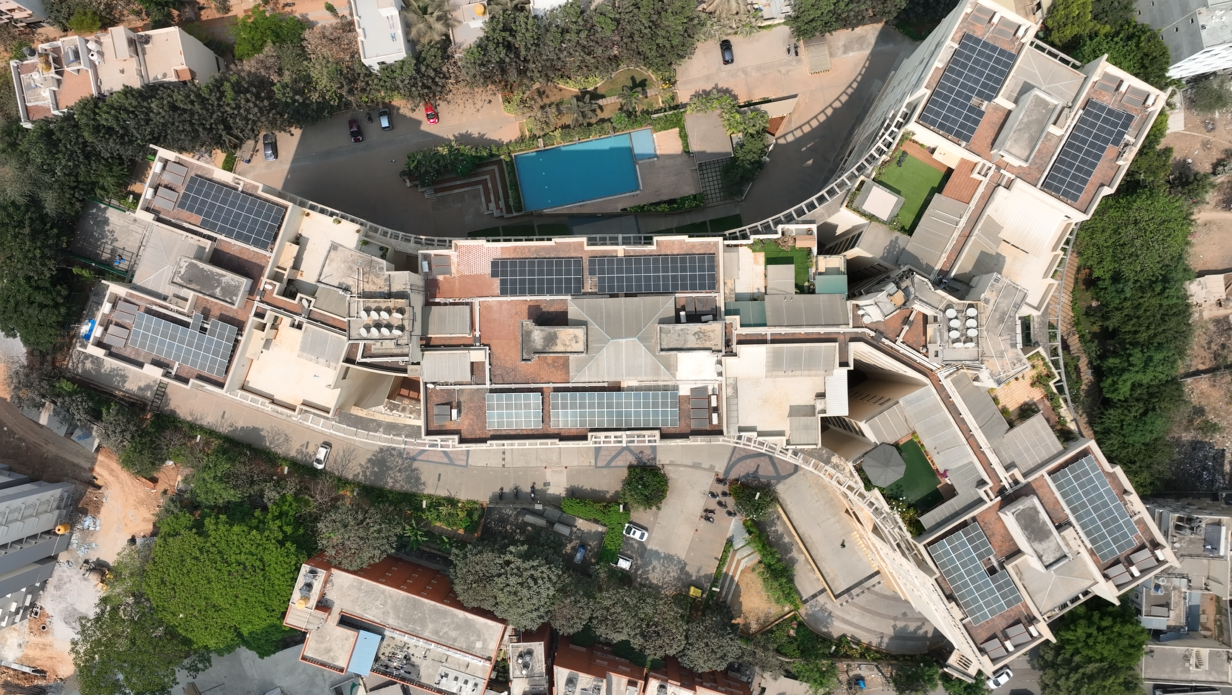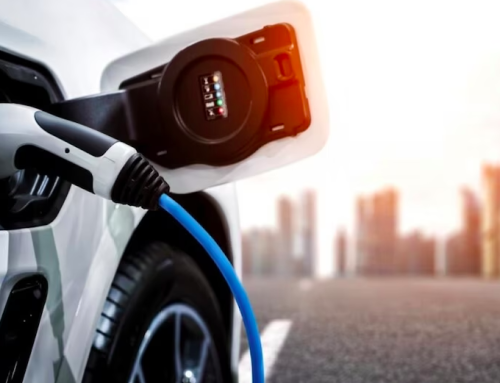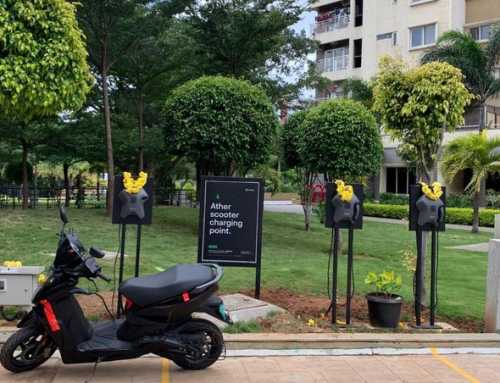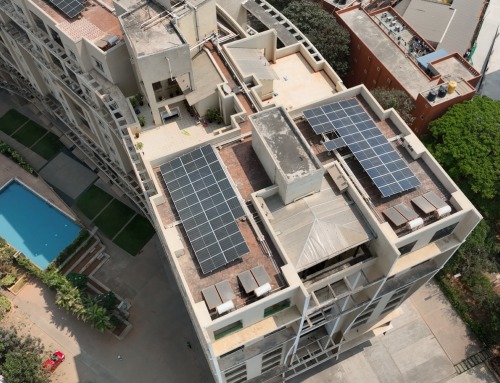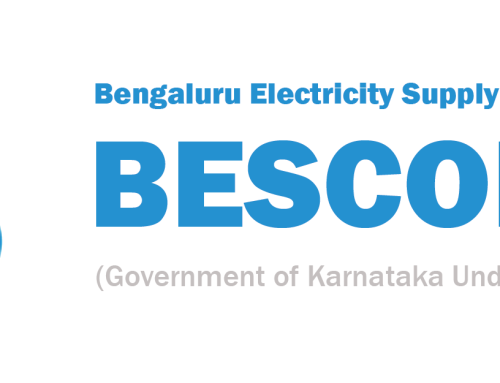Why should Apartments go for Rooftop Solar?
Cost Savings:
- Rooftop solar installations can significantly reduce the common area electricity bills for apartment complexes by generating their own clean energy.
- With solar power, apartments can offset a portion of their energy consumption from the grid, leading to substantial long-term savings.
- Additionally, government subsidies (PM Surya Ghar Muft Bijli Yojana) for rooftop solar installations can further lower upfront costs and accelerate the payback period for apartment complexes.
Environmental Impact:
- Solar energy is a renewable and clean source of power, producing zero greenhouse gas emissions during operation.
- By harnessing solar energy, apartment complexes can reduce their carbon footprint and contribute to mitigating climate change.
- Choosing rooftop solar demonstrates a commitment to environmental sustainability and positions apartment complexes as leaders in green building practices.
What are the subsidy options available for Apartments in India?
PM- Surya Ghar Muft Bijli Yojana:
This subsidy for Group Housing Society/Resident Welfare Association (GHS/RWA) offers financial support for common area facilities (including EV charging infrastructure), with a subsidy of Rs. 18,000 per kW. This subsidy is applicable for capacities up to 500 kW, accommodating approximately 3 kW per house, and encompasses individual rooftop plants installed by residents within the GHS/RWA.
This is the best time to make use of this subsidy as you can get back up to 90 Lakh Rupees depending on the capacity of the system.
What is the difference between a Subsidy and Non-Subsidy Rooftop Solar System?
Subsidy:
To avail the subsidy benefits from the government, the system should contain DCR Panels.
What are DCR Panels?
DCR panels, or Domestic Content Requirement panels, are solar panels that are made using solar cells and modules manufactured in India. These panels are required to be used in solar projects that receive government incentives or subsidies, in order to promote the growth of the domestic solar industry and create local jobs. DCR panels help to support the development of a robust solar manufacturing ecosystem within our country.
Some of the DCR panel manufacturers are: Premier, Adani, Websol, etc.
What are Non-DCR Panels?
Non-DCR panels are solar panels that are not designed and manufactured in India. Instead, they are imported from foreign countries. Solar projects which make use of these panels cannot receive incentives or subsidies from the government.
Some of the Non-DCR panel manufacturers are: Longi, REC, Panasonic, Jinko, etc.
What is more beneficial: Subsidy or Non-Subsidy?
Both have their own advantages and disadvantages. The choice depends on the customer.
Subsidy:
- Pros: Budget friendly as you get back part of investment in the form of Subsidy.
- Cons: Tariff rate for exported unit is less compared to non-subsidy, less solar modules to choose from.
Non-subsidy:
- Pros: Long term financial advantage as tariff rate for exported units more compared to subsidy, no need to wait for subsidy process, vast number of solar modules to choose from.
- Cons: Initial investment is high.
NOTE: Most of the solar modules come with 25 years of Performance warranty by the manufacturer.
How to register your apartment for Rooftop Solar?
NOTE: This process will be a lot smoother and easier if you have your electricity bill with you for reference.
Step 1: Visit the official National Portal for Rooftop Solar https://pmsuryaghar.gov.in/ and click on Apply for Rooftop Solar.
Step 2: Fill the Registration details with information about State, District, Electricity Provider and Consumer Account number. Click Next.
Step 3: Register your contact details and click submit.
Step 4: Once your contact number is successfully registered you will be able to login with it.
Step 5: Once logged in, click on proceed.
Step 6: Fill in applicant details, electricity supplier details, contact details, solar rooftop details.
For Apartments select Resident Welfare Association.
Step 7: Use solar calculator to get the details of system capacity.
Step 8: Once done, set your apartment location and click on Save&Next.
Step 9: Now upload your electricity bill from last 6 months and click save. Confirm all details and click Final Submission.
Step 10: Next click on Submit Bank Details and fill in your bank details (bank linked to applicant).
Step 11: Click on Submit to MNRE. Your application is completed. You should receive an acknowledgement mail and the copy of your application will be attached along with it.

